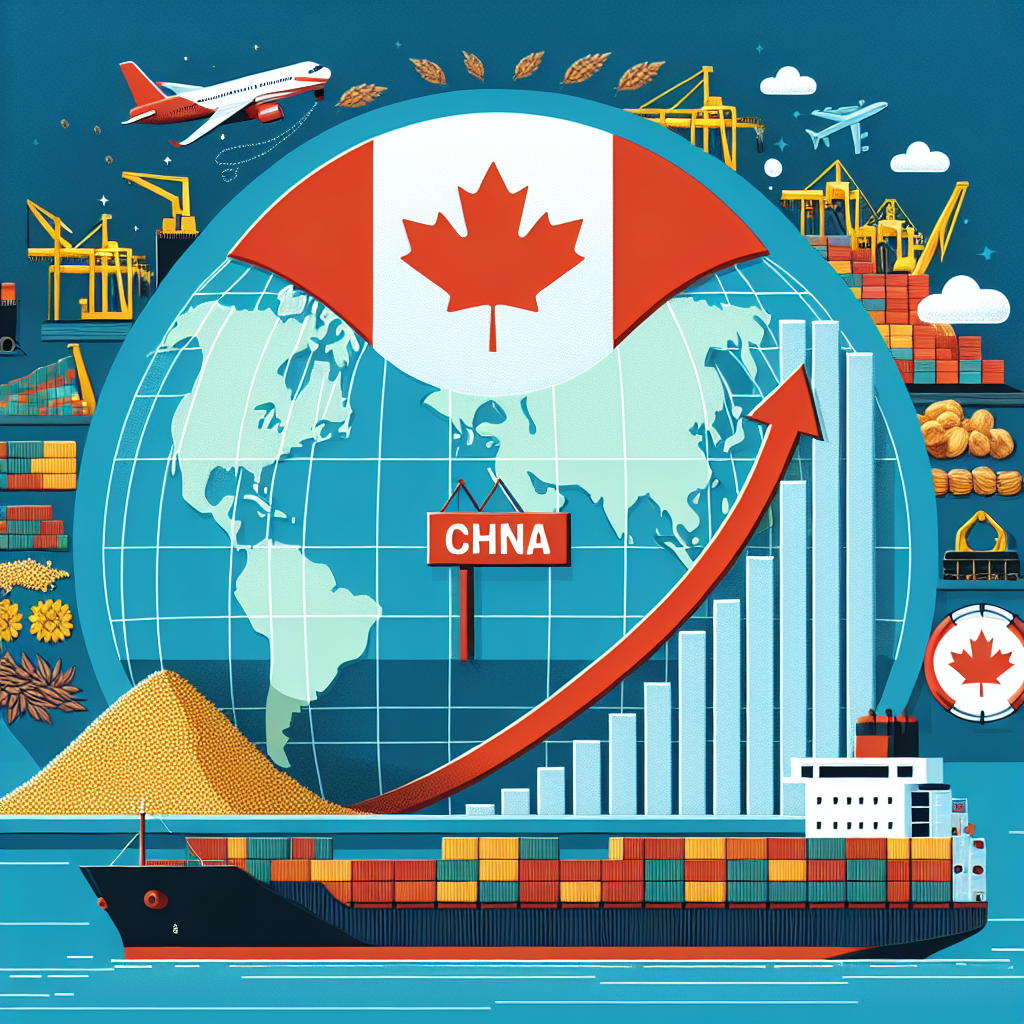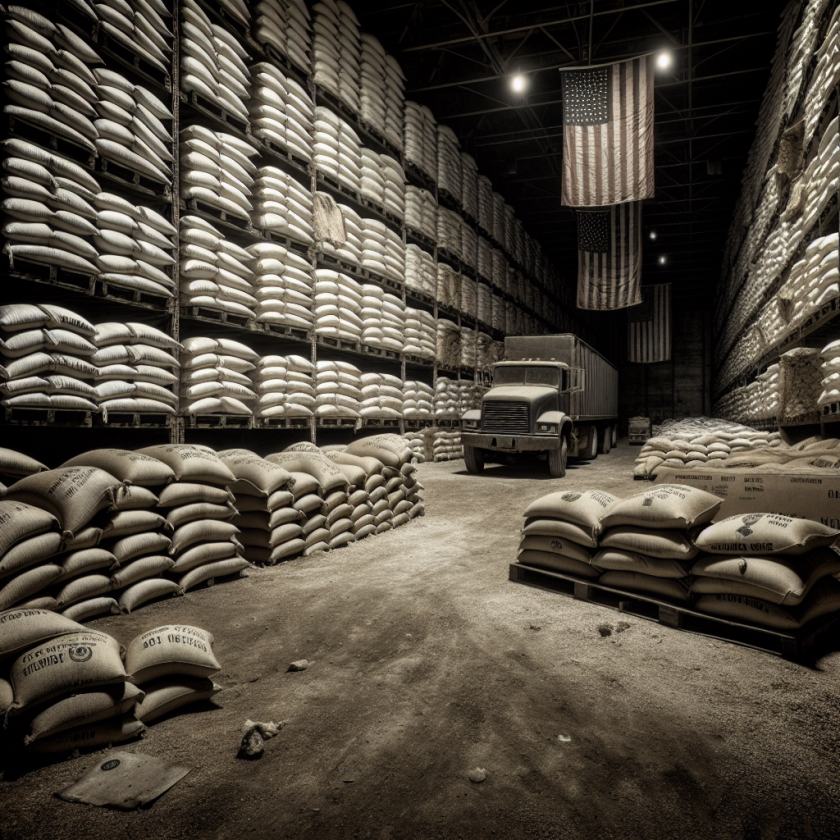China Increases Indian Rapeseed Meal Imports Following Canadian Tariff Imposition
China Increases Indian Rapeseed Meal Imports Following Canadian Tariff Imposition
Background
In a strategic shift, China has significantly increased its imports of Indian rapeseed meal. This move comes in the wake of tariffs imposed on Canadian canola, prompting China to seek alternative sources for its agricultural needs.
Key Drivers
- Canadian Tariffs: China’s decision is largely influenced by the tariffs on Canadian canola, which have disrupted traditional supply chains.
- Cost-Effectiveness: Indian rapeseed meal offers a more cost-effective alternative, aligning with China’s economic interests.
- Quality and Availability: The quality and availability of Indian rapeseed meal meet China’s import standards, making it a viable substitute.
Implications for India
This development presents several opportunities and challenges for India:
- Increased Export Revenue: The surge in demand from China is expected to boost India’s export revenue significantly.
- Strengthened Trade Relations: This shift could enhance bilateral trade relations between India and China.
- Supply Chain Adjustments: Indian producers may need to adjust their supply chains to meet the increased demand efficiently.
Global Market Impact
The change in China’s import strategy is likely to have broader implications for the global agricultural market:
- Market Diversification: Other countries may follow China’s lead, diversifying their import sources to mitigate risks associated with tariffs.
- Price Fluctuations: The increased demand for Indian rapeseed meal could lead to price fluctuations in the global market.
- Competitive Dynamics: This shift may intensify competition among rapeseed meal exporters, influencing global trade dynamics.
Conclusion
China’s increased imports of Indian rapeseed meal, driven by Canadian tariffs, highlight a significant shift in global agricultural trade patterns. This move not only benefits India’s economy but also prompts a reevaluation of supply chains and market strategies worldwide. As countries adapt to these changes, the global agricultural landscape is poised for further transformation.








































